Monkey Orchid Care: How To Grow This Fascinating Species
The monkey orchid (Dracula simia) bears a remarkable resemblance to its namesake and, with a little know-how, can be successfully grown as a houseplant.
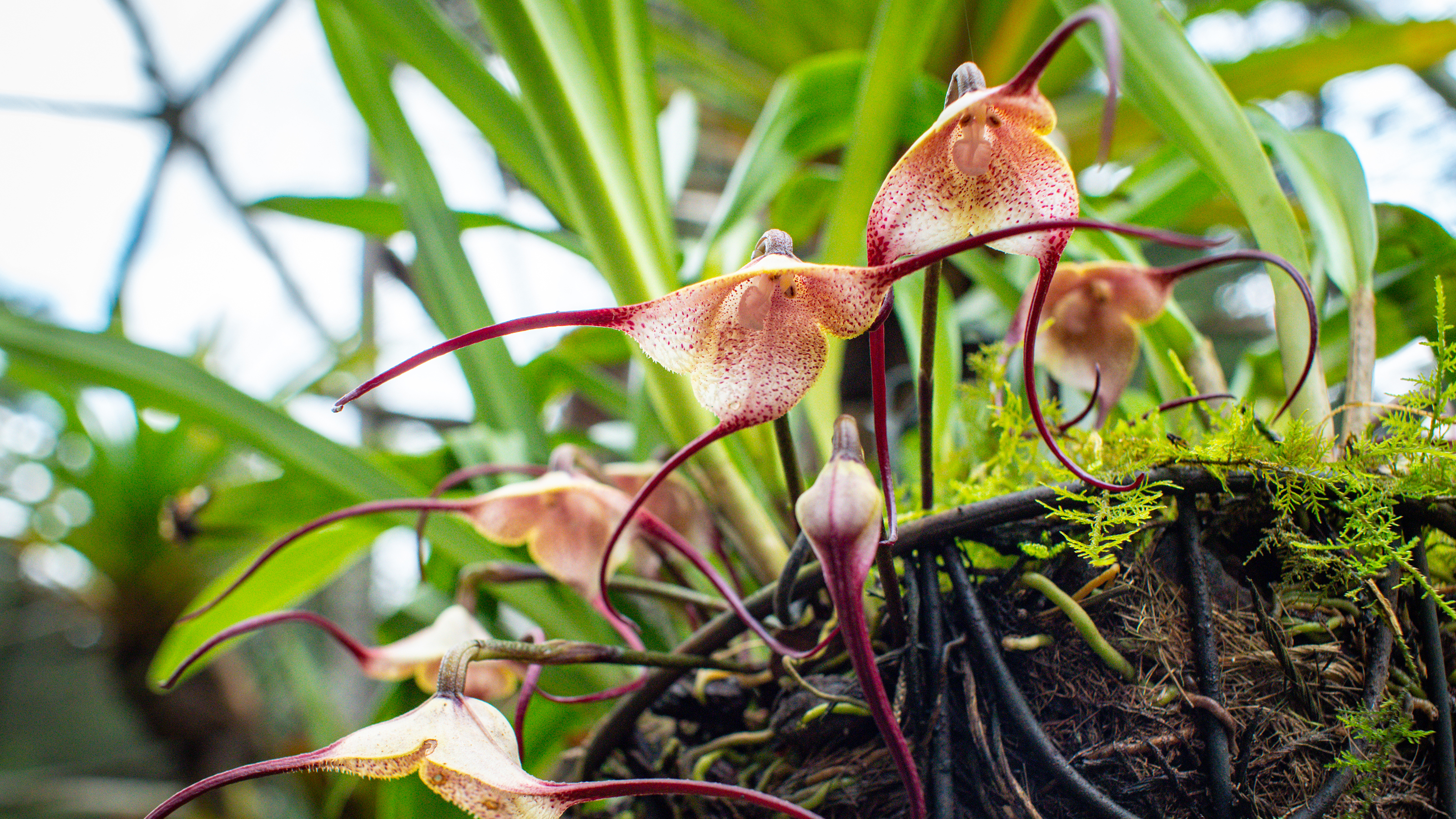

Melanie Griffiths
Fancy growing a unique species of orchid? Look no further than the monkey orchid, named for its remarkable resemblance to the face of a monkey.
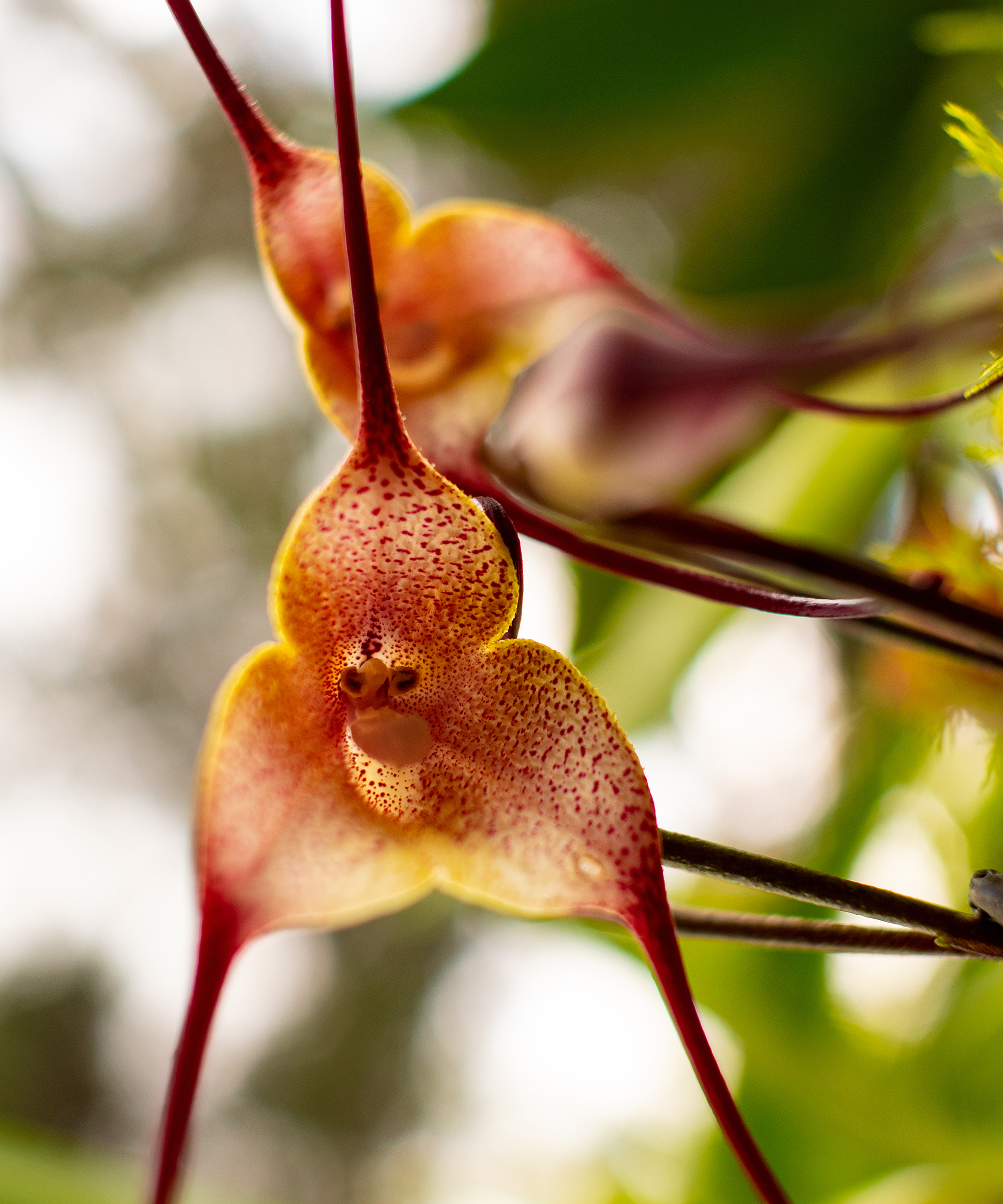
Dracula simia is the most iconic species of monkey orchid.
Quick Monkey Orchid Facts
Botanical name: Dracula simia
Height: 8 inches (20cm)
Spread: Similar
Sun exposure: Full to partial shade
Soil requirements: Moist, soil-free potting medium
Hardiness zones: USDA 10-11, or grow indoors
When to plant: Spring
The species most widely known as the monkey face orchid is the Capuchin-like Dracula simia, one of 135 species in the Dracula genus.
However, several other Dracula orchids also look like primates, most notably Dracula gigas, Dracula lotax, and Dracula vampira.
Dracula means "little dragon", and also nods to the infamous vampire. The name was bestowed on the species due to its curious flower forms, and the plants' liking for dark, nearly sunlight-free sites.
While it stands out from many commonly available types of orchids, the monkey orchid is not a beginner species. Orchid care for this variety is more challenging, and understanding the plant’s native range and climate is the key to success.
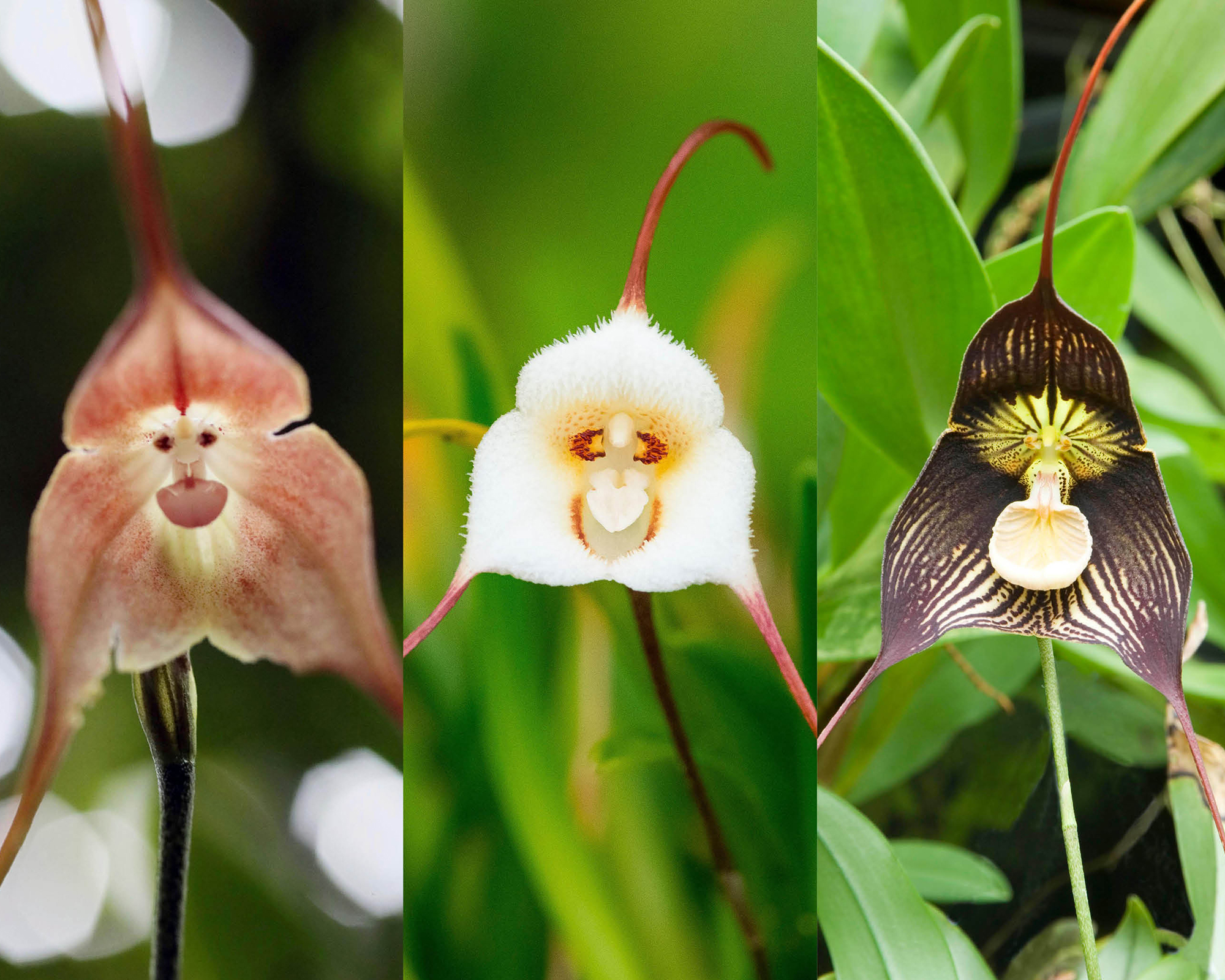
Other monkey face orchids in the Dracula genus include (from left): Dracula gigas, Dracula lotax, and Dracula vampira.
Where Do Monkey Face Orchids Grow?
In the wild, Dracula orchids range from Mexico to Peru, with Dracula simia native to Ecuador and Peru.
The climate in Ecuador is temperate year-round. There are two distinct seasons – rainy and dry – with mild to warm temperatures. In Peru, monkey orchids occur in the cloud forests, where temperatures are cool and the air is moist.
Gardening tips, videos, info and more delivered right to your inbox!
Sign up for the Gardening Know How newsletter today and receive a free copy of our e-book "How to Grow Delicious Tomatoes".
Monkey face orchids are epiphytes, meaning they grow in the crotches of trees where they get most of their nutrient needs from detritus and moisture from the air.
Gardeners who live in warm to temperate, mountainous regions can grow monkey orchid plants outdoors in a shady location. The rest of us will need to keep them indoors except for summer, since Dracula simia does not tolerate frost.
Monkey Orchid Care
The monkey orchid is fairly high maintenance. Recreating its natural growing conditions in the home can take some attention.
Flowers are produced in cool, dim locations, so growing them in a low-light area of the home is ideal. However, creating the high humidity necessary can take some doing.
Even with the best care, it may take 6-7 years to see a flower from a monkey orchid – unless you purchase an established plant.
Dracula simia is becoming endangered in its native range due to deforestation and other factors, so be sure to source your plant from a reputable breeder.
Light Requirements
Orchid light requirements are slightly different for every species. As a forest species, the Dracula orchid favors full to partial shade. The tree canopy forms a shelter from harsh sunlight and produces a dappled light.
Monkey flowers thrive in low-light situations, but will need filtered light for at least part of the day. If grown in a bright room, move the plant away from the window and use a gauze curtain to dim the light. The optimum shade level is 70 percent.
If you are using grow lights, the preferred range is 500-1,500 foot-candles.
Temperature & Humidity
The monkey orchid enjoys temperatures between 60°F to 85°F (16°C to 29°C). In its native range, it experiences cool nights – a condition that is difficult to mimic in our homes.
Moving the plant in the evening to an unheated room can provide this temperature variation.
Very high humidity levels are necessary to grow monkey face orchids – at least 80 percent. Use a humidifier and mist the plant daily to help increase the ambient moisture.
Their love of humidity makes monkey orchids good candidates for growing in an orchid terrarium, which allows more control over the growing environment.
Watering Needs
Learning how to water orchids correctly is one of the most important aspects for home growers.
Keep the growing medium moist for these little plants. They should not be allowed to dry out completely. Water needs are highest in the spring and summer, but are diminished by half in the winter.
The type of orchid container will determine how quickly the medium dries out. If it does dry, soak the entire container in water for an hour to fully rehydrate the medium.
Orchids can be picky about the type of water they receive. Municipal water supplies often have chemicals and other items added that the sensitive plants may react badly to, so use rainwater, demineralized, or distilled water.
Fertilizing
Orchid fertilizing is essential if you want more flowers. There are many orchid fertilizers available to purchase that will be sufficient.
Use a diluted half-strength formula at least once per month until flowers form. Using a bloom booster formula may encourage the plant to flower.
Soil & Compost
A commercially available orchid potting medium will provide the plant with adequate soil, but sphagnum moss is best. It will hold moisture and create the natural soilless conditions the plant enjoys in nature.
A mixture of 80 percent sphagnum moss and 20 percent perlite will provide a moist, cool home for the plant.
Pruning
Monkey orchids do not need pruning except to remove dead leaves as they occur. Once the flower has completely died, it may be gently removed.
Problems, Pests & Diseases
Overly dry medium is one of the most common orchid problems when caring for Dracula simia. Too much sunlight and extreme hot conditions are not good for this plant.
Dry plants can become prey to orchid pests, such as scale insects.
How to Propagate Monkey Orchids
Over time, Dracula orchids will produce offsets or "pups". These are identical to the parent plant, except smaller.
Allow these to grow for several months in the container with the parent. Then divide away the little plants and pot them up alone.
The plant does best when growing in clumps, so only divide away when there are more than three clumps.

Bonnie Grant is a professional landscaper with a Certification in Urban Gardening. She has been gardening and writing for 15 years. A former professional chef, she has a passion for edible landscaping.
- Melanie GriffithsSenior Editor
-
 4 Superfast Composting Methods: Turn Waste Into Garden Gold In 30 Days Or Less
4 Superfast Composting Methods: Turn Waste Into Garden Gold In 30 Days Or LessTry the fastest composting methods to turbocharge your pile and transform kitchen scraps and garden waste into finished compost in just a few weeks.
By Mary Ellen Ellis
-
 Best Spider Plant Soil – Complete Soil Guide And Expert Tips For Keeping Plants Happy
Best Spider Plant Soil – Complete Soil Guide And Expert Tips For Keeping Plants HappySpider plants are fun and easy plants to grow, but what is the best soil for a spider plant? Selecting the right soil is important so they can thrive.
By Bonnie L. Grant
-
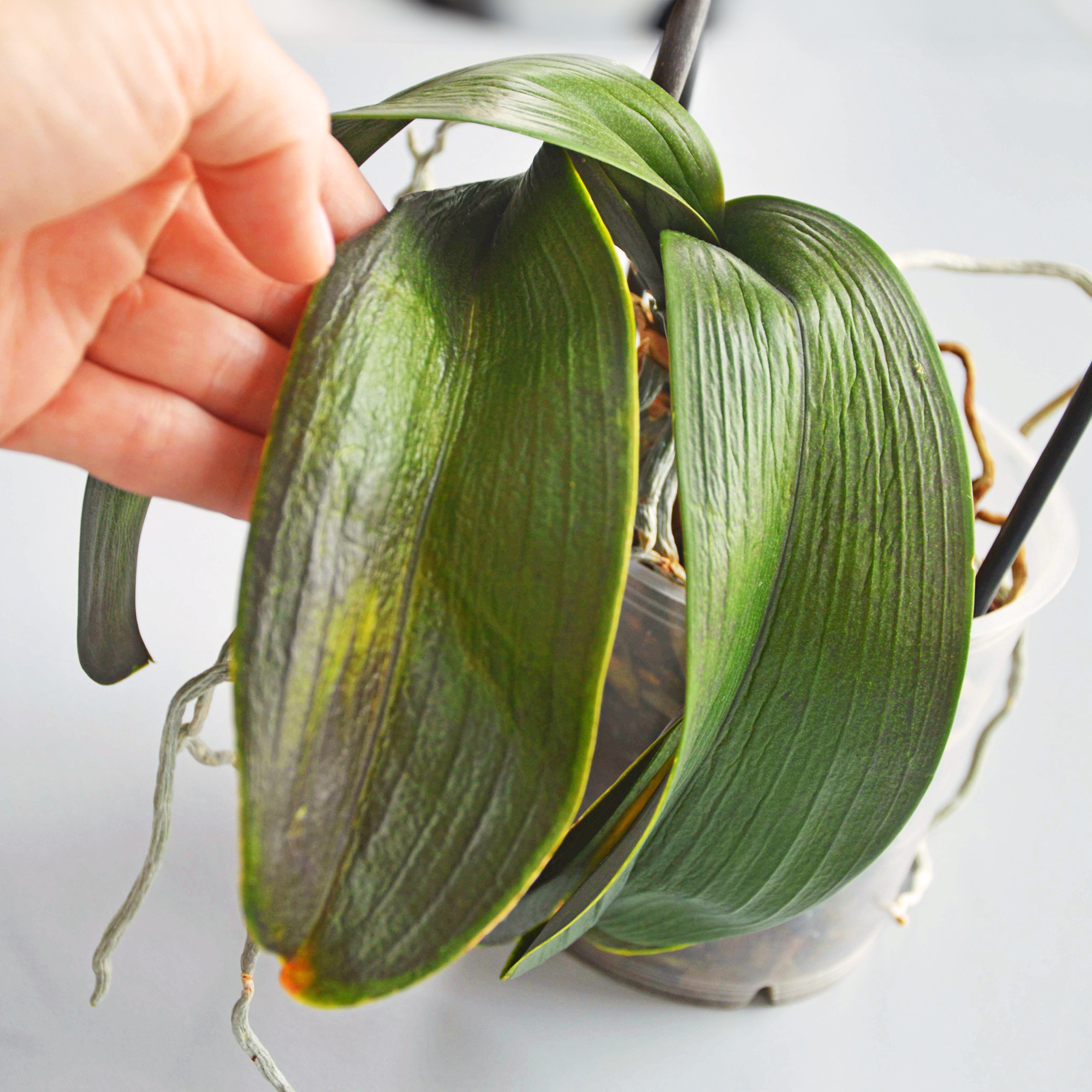 Orchid Leaves Wrinkled? 5 Common Causes & How To Restore Their Vitality
Orchid Leaves Wrinkled? 5 Common Causes & How To Restore Their VitalityBy Tonya Barnett
-
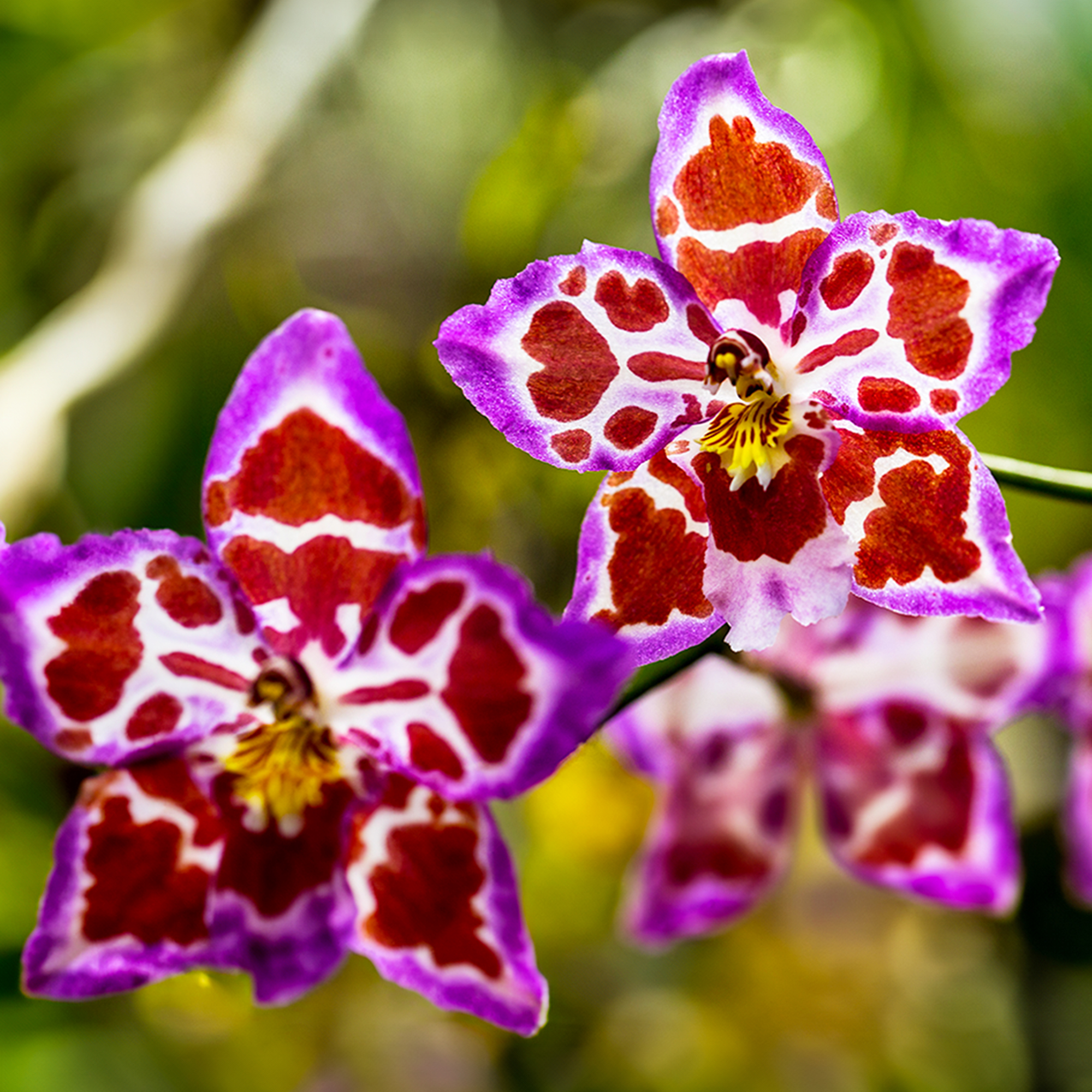 8 Rare Orchids That Make Stunning Houseplants – Some Are Surprisingly Easy To Grow
8 Rare Orchids That Make Stunning Houseplants – Some Are Surprisingly Easy To GrowDiscover unique orchids that will add exotic beauty to your home. Some make easygoing houseplants, while others offer a challenge for more seasoned growers.
By Melanie Griffiths
-
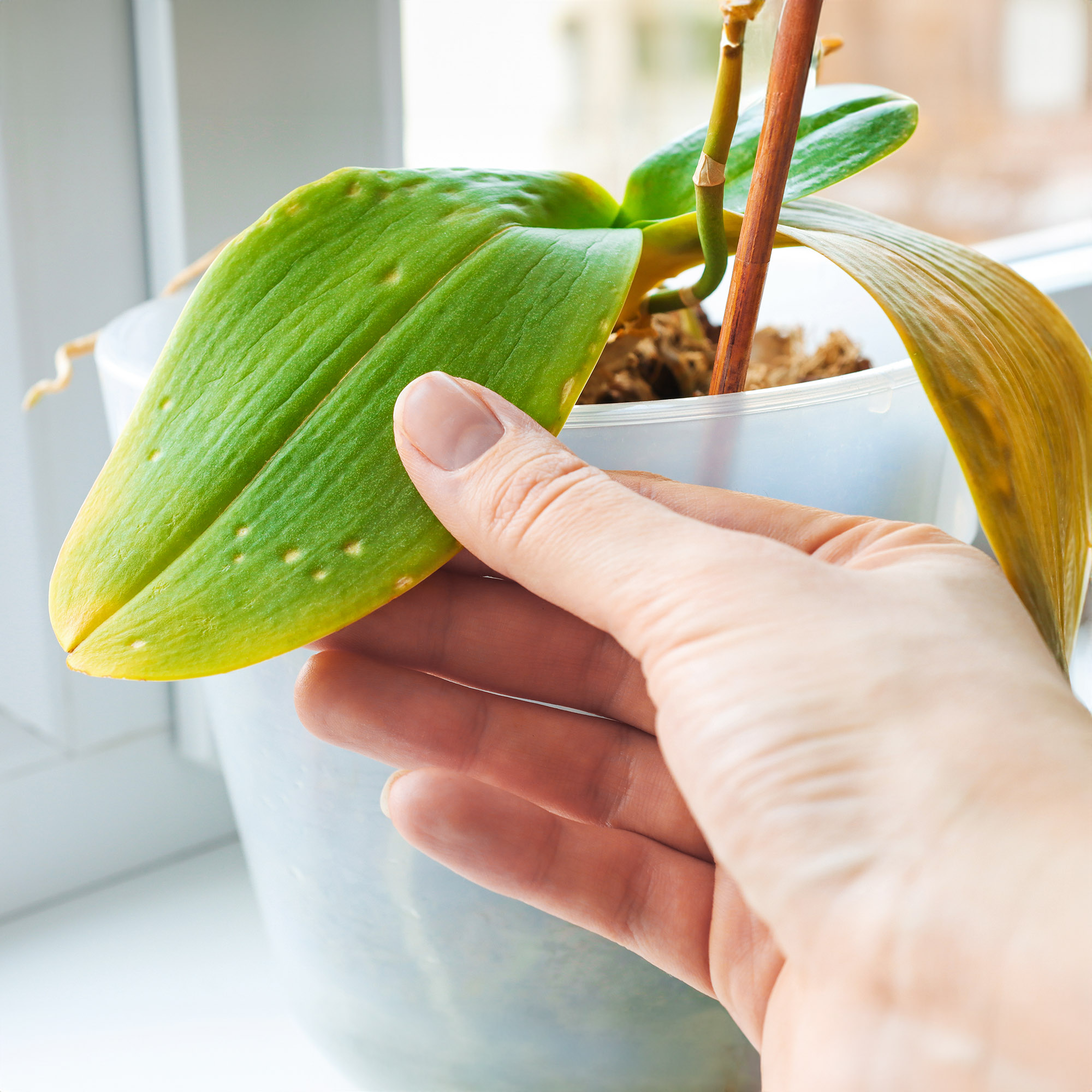 Why Is My Orchid Dying? 5 Common Causes & How To Save It Before It's Too Late
Why Is My Orchid Dying? 5 Common Causes & How To Save It Before It's Too LateStruggling to keep your orchid alive? Learn the top mistakes that cause orchids to decline – and the simple fixes to bring yours back to life.
By Bonnie L. Grant
-
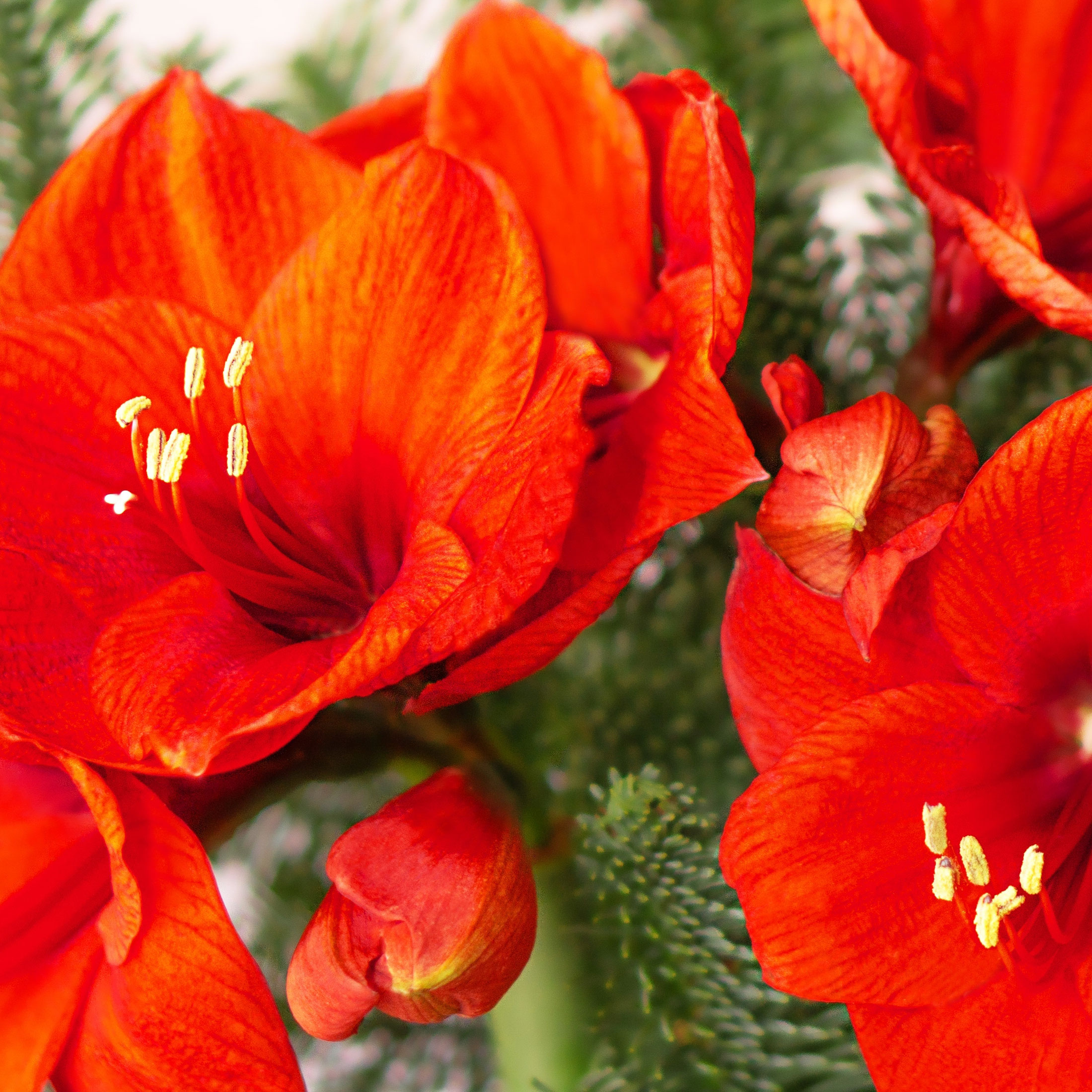 Warm Up Your Winter With Indoor Reds! 8 Red Amaryllis Varieties For Sizzling Seasonal Interest
Warm Up Your Winter With Indoor Reds! 8 Red Amaryllis Varieties For Sizzling Seasonal InterestWell loved as a bold decorative holiday bloomer, the red amaryllis is a hot favorite for winter displays. These red amaryllis varieties are guaranteed to fire up the season
By Tonya Barnett
-
 Dendrobium Nobile Orchid: How To Care For This Graceful, Easy-Going Houseplant
Dendrobium Nobile Orchid: How To Care For This Graceful, Easy-Going HouseplantLearn how to care for elegant dendrobium nobile orchids. These undemanding plants make a stunning addition to any orchid collection and are ideal for beginners.
By Bonnie L. Grant
-
 Poinsettia Pinks: 7 Pink Poinsettias To Grow For Neon Hot Tones And Cool Pretty Pastels
Poinsettia Pinks: 7 Pink Poinsettias To Grow For Neon Hot Tones And Cool Pretty PastelsWhile the traditional red poinsettia is a staple of many homes over the holiday period, they are not your only option. For cheerful brights or pastels, why not grow pink poinsettias?
By Tonya Barnett
-
 Want Amaryllis But Not Red? Try These 8 White Amaryllis Varieties For The Ultimate Elegance
Want Amaryllis But Not Red? Try These 8 White Amaryllis Varieties For The Ultimate EleganceYou’re probably familiar with the crisp red blooms of the traditional amaryllis – but if you feel like something more unusual and elegant, why not try white amaryllis?
By Mary Ellen Ellis
-
 Are Poinsettias Poisonous To Cats? What You Need To Know For Happy, Healthy Felines
Are Poinsettias Poisonous To Cats? What You Need To Know For Happy, Healthy FelinesThey have the potential to brighten up homes long after the holidays, but are poinsettias poisonous to cats? Make sure you read this before mixing the two!
By Susan Albert